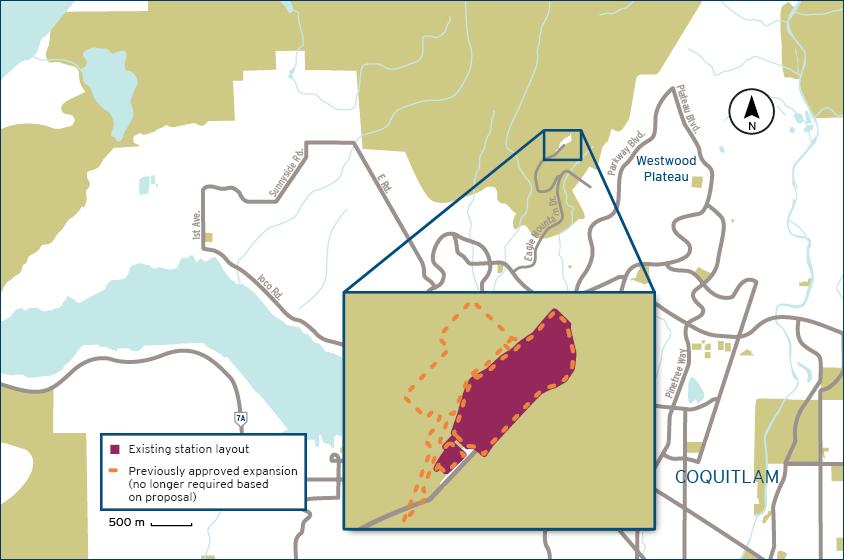We began by talking with the community right away. We’re proud to have served our customers in Squamish since 1991, when we originally built the natural gas transmission line to serve Squamish, the Sunshine Coast and Vancouver Island. The EGP project is an expansion of this system, and involves building about 47 kilometres of new 24-inch natural gas pipeline starting north of the Coquitlam watershed and ending at the proposed Woodfibre LNG site.
In 2016, the project was approved as part of the Squamish Nation’s environmental assessment agreement, which is the first of its kind in Canada. The provincial government also approved the project and issued an Environmental Assessment Certificate (EAC). But the work doesn’t end there; today, we’re working to develop the condition management plans that were included as part of the EAC by consulting with First Nations, local governments and key stakeholders.
We’re also continuing to review and fine-tune our engineering design for the project.
Susie Sengupta, project director, FortisBC explains why this is so important. “Best practices are always improving,” she says. “We must make sure we stay current and also incorporate the latest advancements into our design.”
Throughout this review process our project team is out in the community, actively gathering information. During 2019, geotechnical investigations helped us learn more about soil and rock conditions along the pipeline route, which is important information for our engineering design and construction.
Our overall review has helped us determine that some potential changes to the original EAC may be required. While these proposed amendments are being considered, and throughout the entire amendment process, we’ll continue to engage with the community to ensure its feedback is considered.







